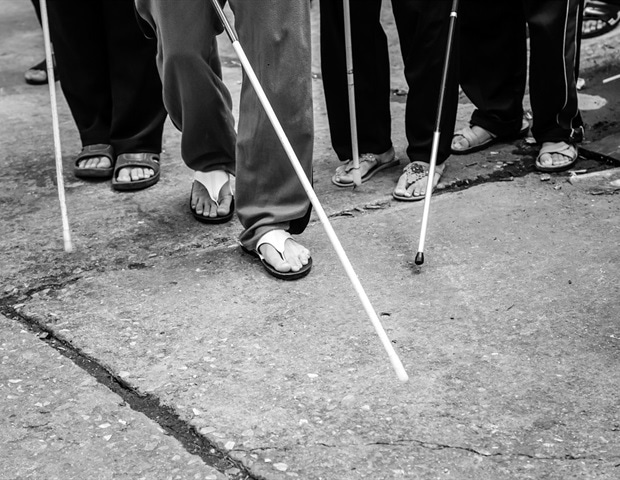
An analysis of the nation's first and largest comprehensive eye disease registry, the IRIS® Registry, sheds new light on what we thought we knew about childhood blindness in the United States: The leading causes appear to be retinopathy of prematurity (ROP), nystagmus, and cataract, mostly treatable and preventable causes. Previous studies suggest the leading causes are related to developmental disabilities associated with cortical visual impairment and optic nerve hypoplasia, as well as ROP. The data was presented today at AAO 2022, the 126th annual meeting of the American Academy of Ophthalmology.
The main causes of blindness in American children are not well-understood, partly because the US doesn't have a large, national database that tracks health data. But the Academy's IRIS Registry is assisting researchers deepen our understanding of eye diseases and conditions. Launched in 2014, the Registry currently includes data from nearly 73.85 million unique patients and 440 million patient visits.
Researchers at Stanford University, along with their colleague Han Woong Lim, MD, PhD., from the Department of Ophthalmology at Hanyang University Seoul Hospital, used data from the IRIS Registry to get a cross-sectional view of childhood blindness in the US.
They identified all children aged 18 years and younger whose vision was 20/200 or worse in their better-seeing eye after correction with glasses. Of 81,164 children in the IRIS Registry, 961 or 1.18 percent met these criteria. Leading causes of blindness were ROP (31.3 percent), nystagmus (8.1 percent) and cataract (6.7 percent). The retina was the leading anatomic site (47.7 percent), followed by the optic nerve (11.6 percent) and the lens (10 percent). The researchers concluded that a total of 52.4 percent of patients had treatable causes of blindness.
There are two things that are actionable here. ROP is still a serious problem in this country, and it needs to be addressed at every nursery to ensure these babies are getting proper treatment. Second is that even though cataracts are treatable, delays in treatment have caused children to lose vision needlessly."
Scott R. Lambert, MD, Researcher
Although the data doesn't reveal why treatment was delayed in these children, Dr. Lambert said that his real-world experience suggests that inequities in care may play a part. He relayed the story of a child diagnosed with cataracts at three weeks old. English was not the parents first language. Despite near weekly calls, it took eight months to get a referral for surgery, even though the child was insured though Medicaid.
Dr. Lambert noted one explanation for why this study didn't find cortical vision loss to be a leading cause of blindness is because patients with this condition have other health issues and may not see an ophthalmologist for a formal vision test. Still, the findings suggest the need to prioritize addressing preventable vision loss in all children in America, Dr. Lambert said.
American Academy of Ophthalmology
Posted in: Child Health News | Medical Research News
Tags: Blindness, Cataract, Children, Education, Eye, Eye Disease, Hospital, Language, Medicaid, Nerve, Ophthalmology, Optic Nerve Hypoplasia, Retinopathy, Retinopathy of Prematurity, Surgery, Vision Loss, Visual Impairment
Source: Read Full Article